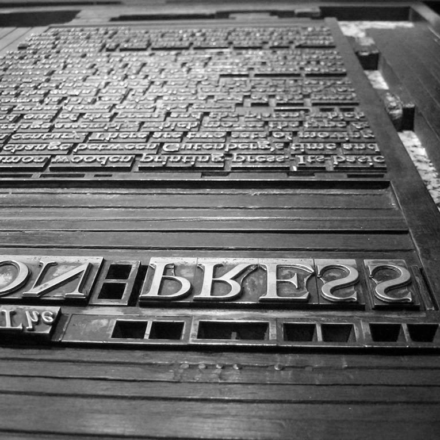The Productivity Commission (PC) has commenced a 12 month inquiry into the National Access Regime. The Assistant Treasurer (David Bradbury) announced the commencement of the PC’s inquiry on 25 October 2012. On 30 November, the PC released an Issues Paper with the aim of encouraging and focusing submissions to the PC. Submissions are due by 8 February 2013.
History
The National Access Regime is a regulatory framework that provides an avenue for access declaration of nationally significant infrastructure services owned and operated by others. It was introduced in 1995 following a 1993 report by the Hilmer Committee and is found in Part IIIA of the CCA. The National Access Regime was reviewed by the PC in 2001. In this review the PC supported its continuation; however, the general consensus was that it was too soon to tell if the National Access Regime was truly effective.
Process
Under the terms of reference, the PC is reviewing the National Access Regime, including its role, rationale and objectives, its performance to date and ways to improve processes and decisions for facilitating third party access to essential infrastructure. The PC has also been asked to comment on other relevant policy measures (including non-legislative approaches) which would help ensure effective and responsive delivery of infrastructure services in the short and long term. A draft report by the PC is due in May 2013, public hearings in July 2013 and final report is due in October 2013.
Issues
One of the preliminary questions which the PC has posed in its Issues Paper is whether there is actually still a need for a National Access Regime. The PC acknowledges that since the original Hilmer Committee report, several industry-specific access regimes have been developed, such as for electricity and gas (all states) and rail, water and ports (in some states). The PC also acknowledges that ownership of key facilities has changed, with some facilities moving into private hands. The PC’s Issues paper also discusses whether the problems which the National Access Regime was created to address – monopoly pricing and preventing competition up or downstream – are still ‘significant enough to warrant intervention.’
The first of the terms of reference, the National Access Regime’s rationale, role and objective, is particularly contentious and somewhat unsettled. One rationale for the National Access Regime is to enable competition up or downstream. The other key rationale is to prevent wasteful duplication of facilities. The High Court’s recent Pilbara decision (Pilbara Infrastructure Pty Ltd v Australian Competition Tribunal (2012) 290 ALR 750) has highlighted the controversy over the National Access Regime’s objectives and this review by the PC is an important opportunity to consider this controversy.
A brief history of the High Court’s decision by the National Competition Council is available here. KWM’s case summary is available here as well as our own In Competition blog post, by Meredith Simons, which is available here.








